One of the greatest rivalries in motor racing history played out through the 1930s. In fact, Motor Sport magazine recently named it the most explosive ever.
The two men involved were Tazio Nuvolari – a legend considered by many as the most talented driver of all time – and Achille Varzi, a fellow Italian 12 years his junior and himself supremely capable, but more refined, less gung-ho in his style.
Their competition seemed outwardly bitter, even if Varzi would say later that it had been underpinned by mutual respect.
It started not on four wheels but two. Varzi had begun successfully racing motorcycles as a youngster – even contesting the Isle of Man TT seven times in the 1920s – where he first encountered Nuvolari.
Proof that their rivalry began amicably is found in the fact that they formed a grand prix racing team together with Cesare Pastore in 1928, purchasing four Bugatti Type 35s. Nuvolari won its first race, the Tripoli Grand Prix.
However, for some unclear reason, the two soon fell out, and Varzi struck out on his own by buying himself an Alfa Romeo P2.
This led to the most famous incident between the two the next year, as Nuvolari was called up by Alfa Romeo to contest the Mille Miglia – an epic 1000-mile road rally around Italy. Varzi was also on the works team, having impressed the Milanese car maker during his impressive 1929 grand prix season in one of its cars.
A close battle between the leading pair of three factory-entered 6Cs produced a legendary, if possibly mythical, piece of motor racing folklore as Nuvolari switched off his headlights so as to creep up behind Varzi, to then surprise and unnerve him with full beam before overtaking.


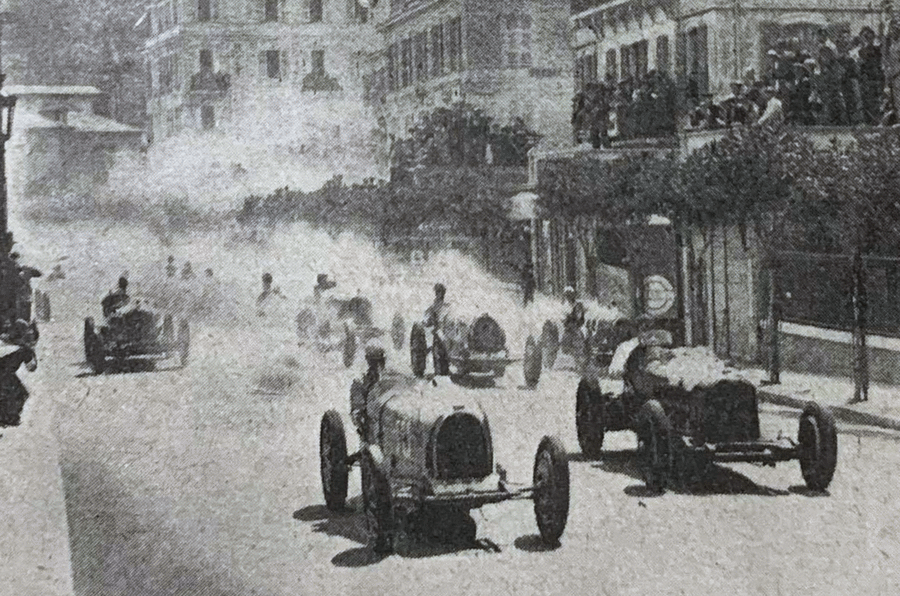




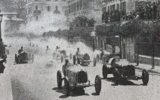





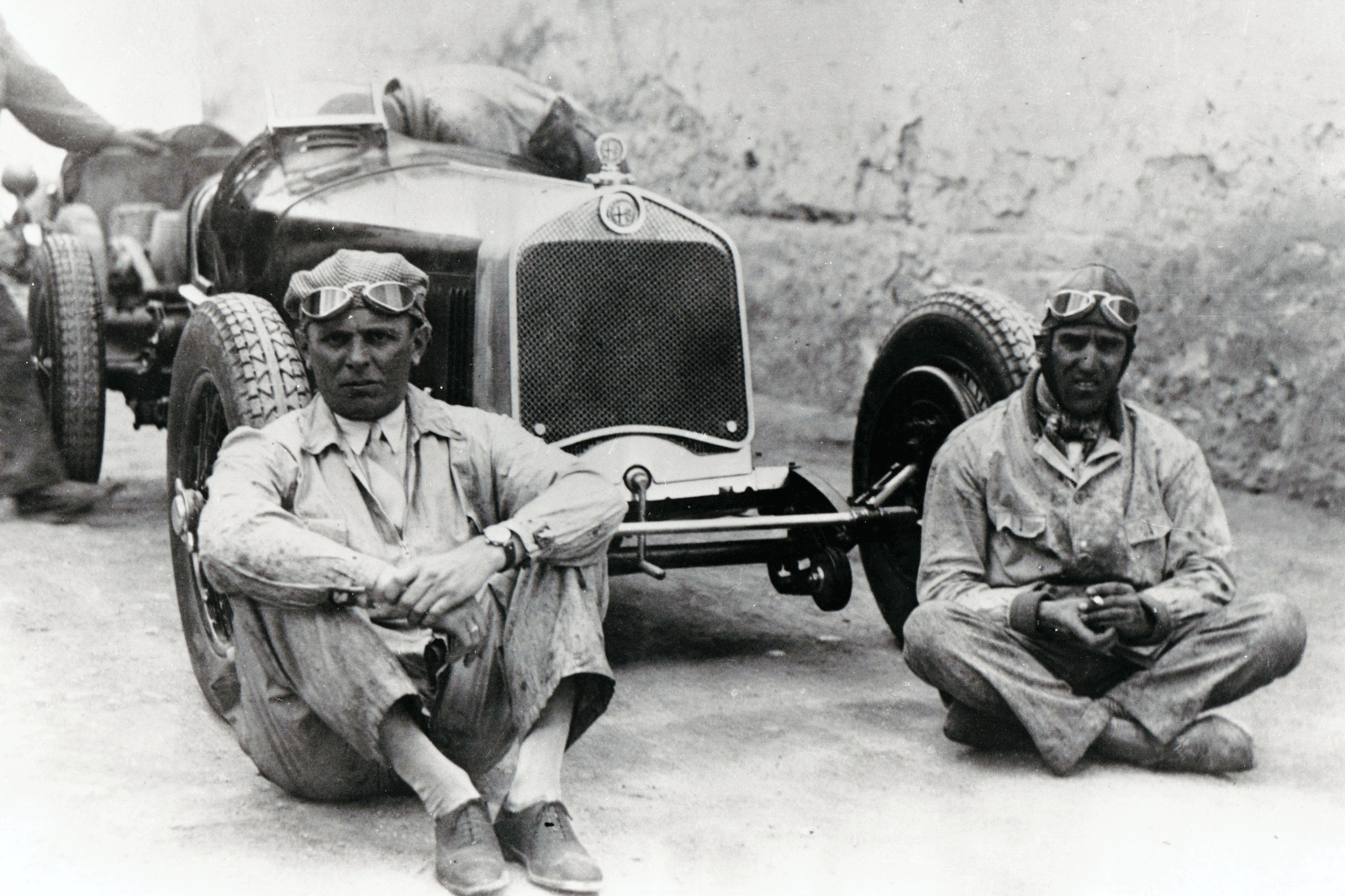
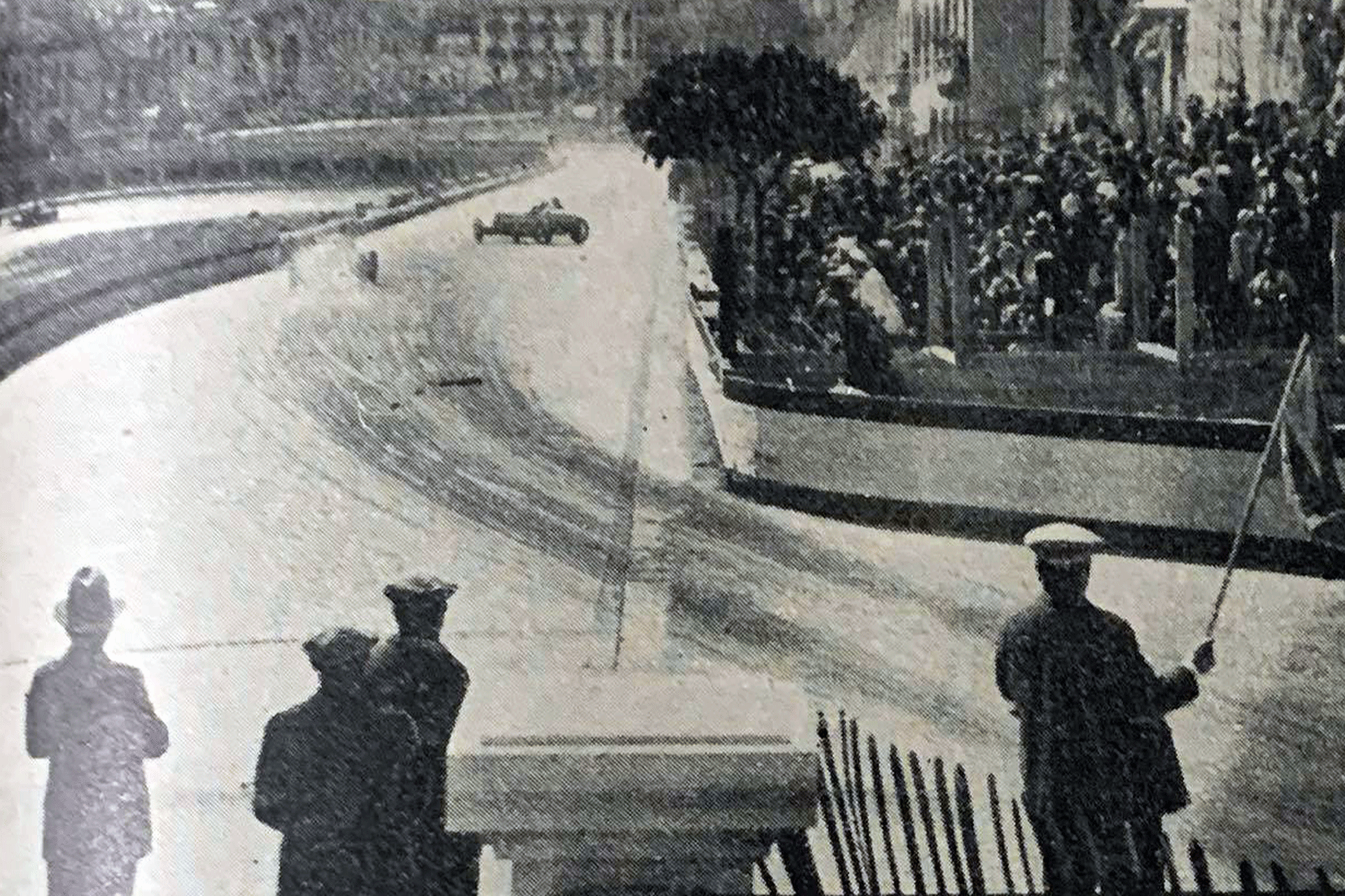
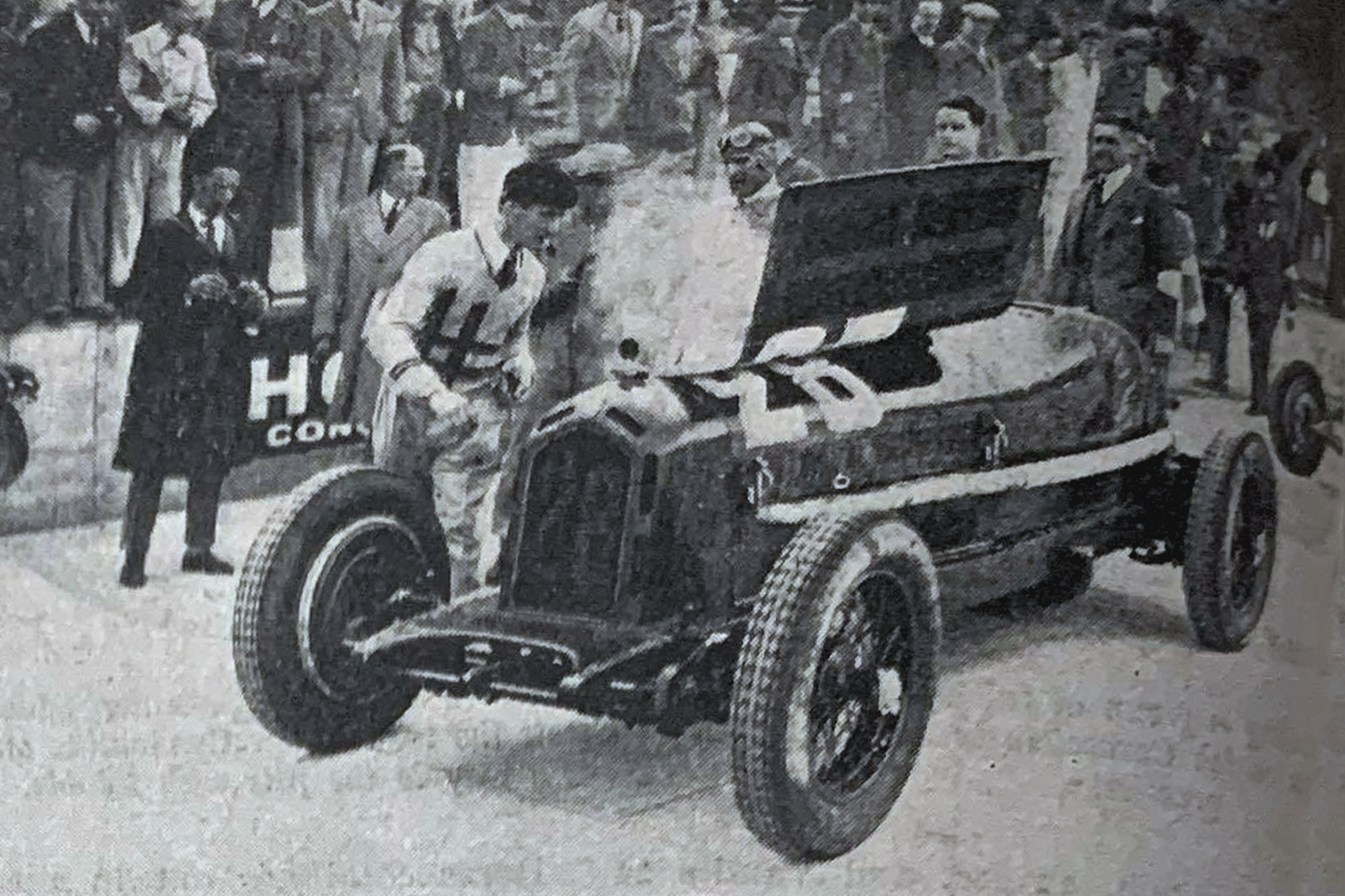


Join the debate
Add your comment
Achille Varsi
I was given a book of top 100 Grand Prix drivers. You know the sort of thing. My knowledge of pre-WW2 drivers was pretty limited before getting this present. Varzi was in it. My teenage children were entertained to hear about Varzi’s drug addiction and adultery. I don’t suppose he did those interviews where he thanked the team and the sponsors and said nothing.